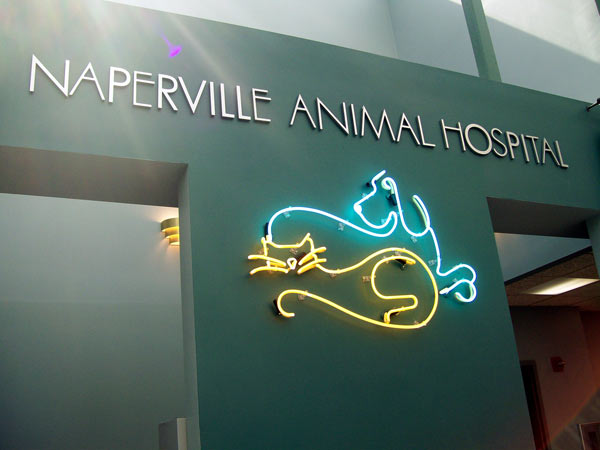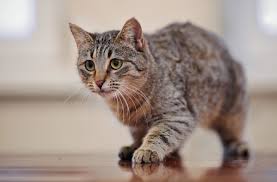
Cats
Image: petmd.com
Certified as a Cat Friendly Practice through the American Association of Feline Practitioners, Naperville Animal Hospital strives to make cats feel comfortable and safe while receiving veterinary care. Committed to delivering feline-sensitivity education to staff, Naperville Animal Hospital offers an in-depth understanding of cat behaviors and what they mean.
Some behaviors, such as a refusal to eat, can be worrisome. Cats stop eating for a variety of reasons. In some cases, refusing food is an indicator of a developing illness, which can range in severity from a simple toothache to something as serious as cancer. A prompt visit to the vet can rule out an issue requiring medical attention.
If the veterinarian determines that the cat is otherwise healthy, the cat’s refusal to eat may be the result of recent changes in its care. If there has been a change in food, or in feeding time and location, a return to the old regimen may help. There may also be something wrong with the food itself, in which case a new bag or can might solve the problem.
Another possibility is that the cat is reacting emotionally to an environmental change, such as a new person or pet in the household. If there have been no recent major changes, it can be difficult for the owner to determine whether the cat is dealing with an unknown anxiety or simply becoming more finicky.
Either way, owners can often entice their cats to eat by offering commercial canned food, warmed to approximate body temperature. It may also help to stir in some broth, fish oil, or cooked egg. If the cat does show interest in the tempting new food, the owner can offer positive reinforcement in the form of hand feeding or a gentle stroke of the head.
If none of these techniques work, follow-up veterinary care may be necessary. Experts recommend a visit if the cat has not eaten well in two to three days, as prolonged lack of nutrition can cause long-term liver damage and other serious effects.






